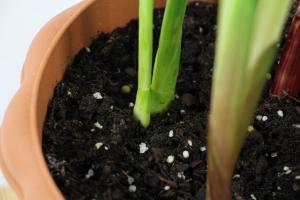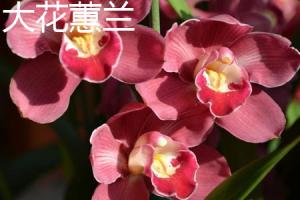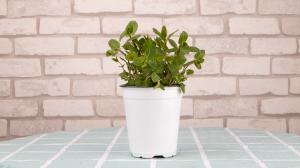Can You Plant Bearded Iris in Pots?
Bearded irises are a popular flowering plant that is known for their brightly colored blooms and distinctive "beards" on their petals. While these plants are typically grown in the ground in flower beds or borders, many gardeners wonder whether it is possible to grow them in pots. In this article, we'll take a closer look at whether bearded irises can be grown in containers and provide some tips on how to make it work.
Choosing the Right Container
The first step in growing bearded irises in containers is to choose the right container. The container you choose should be large enough to accommodate the roots of the plant, but not so large that the soil becomes waterlogged. A container with a diameter of around 12 inches and a depth of at least 10 inches is a good starting point.
It's also important to choose a container that has drainage holes in the bottom. Bearded irises are susceptible to root rot if they are left in standing water, so good drainage is essential for the health of the plant.
Soil and Fertilizer
Bearded irises prefer well-drained soil that is slightly acidic with a pH between 6.0 and 7.0. You can use a commercial potting soil mix, or make your own using equal parts peat moss, perlite, and vermiculite.
When it comes to fertilizing bearded irises, less is usually more. These plants don't require a lot of nutrients, and too much fertilizer can lead to soft growth that is more susceptible to diseases and pests. A slow-release fertilizer applied once a year in the spring is usually sufficient.
Light and Water
Bearded irises need plenty of sunlight to thrive, so choose a location for your container that receives at least 6 hours of direct sunlight per day. If you don't have a sunny spot, you can use a grow light to supplement natural light.
When it comes to watering bearded irises in containers, it's important to strike a balance between keeping the soil moist and avoiding overwatering. Allow the top inch of soil to dry out between waterings, and never let the soil become waterlogged. If the potting mix feels dry to the touch, it's time to water.
Winter Care
Bearded irises are dormant in the winter months, but they still require some care to ensure their survival. If you live in a cold climate, move your container to a protected area such as an unheated garage or basement. Keep the soil barely moist during dormancy, but don't allow it to dry out completely.
In the spring, when growth begins to emerge, move the container back outside to a sunny location and resume regular watering and fertilizing.
Conclusion
While bearded irises are typically grown in the ground, they can also be grown successfully in containers with a little bit of care and attention. Choose the right container, soil, and fertilizer, provide plenty of sunlight and water, and protect your plant during the winter months, and you can enjoy the colorful blooms of bearded irises right on your patio or balcony.

 how many times do yo...
how many times do yo... how many planted tre...
how many planted tre... how many pine trees ...
how many pine trees ... how many pecan trees...
how many pecan trees... how many plants comp...
how many plants comp... how many plants can ...
how many plants can ... how many plants and ...
how many plants and ... how many pepper plan...
how many pepper plan...






























